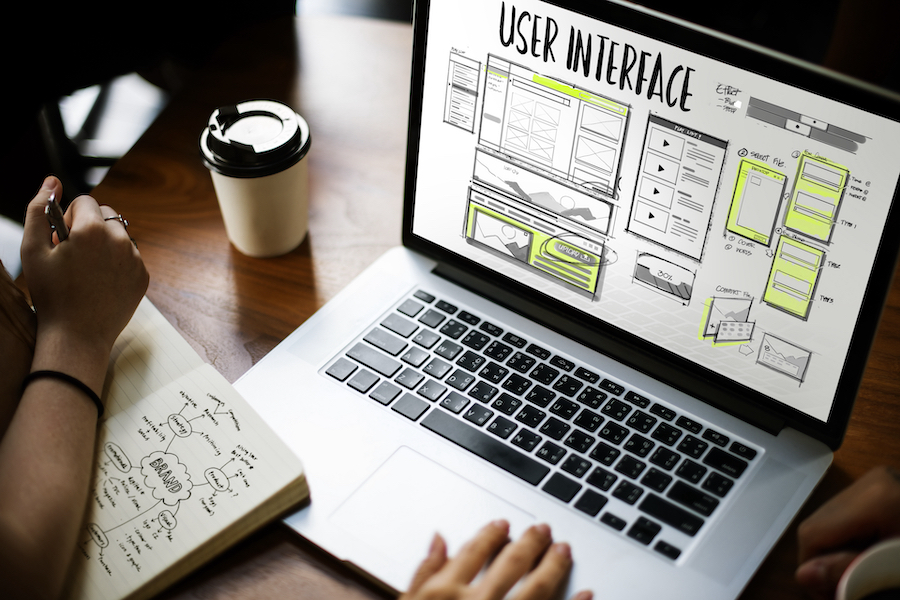What is Design Doing
Design Doing refers to the active and practical application of design thinking principles and methodologies. It involves the hands-on execution of design strategies, prototyping, testing, and implementing solutions derived from the design thinking process.
How Design Doing can help maximize iteration results
Embark on a transformative journey into the dynamic realm of Design Doing—a progressive approach that propels ideas from conception to tangible reality. Beyond mere ideation, Design Doing is a hands-on, action-oriented methodology that places emphasis on implementation and iteration. In this comprehensive exploration, we unravel the intricate process, underscore the importance, unveil the tangible benefits, and outline strategic approaches to maximize the potential of Design Doing.
Process Overview:
Design Doing unfolds as a holistic and iterative process, guiding teams through a series of dynamic stages to turn concepts into actionable results:
Inspiration
The journey begins with inspiration, sparking creativity and fostering an environment where ideas can flourish. This stage involves research, trend analysis, and immersing teams in a space where innovation can thrive.
Ideation
Ideation in Design Doing goes beyond brainstorming. It involves collaborative workshops, co-creation sessions, and dynamic idea generation that encourages diverse perspectives and sets the stage for tangible solutions.
Implementation
The heartbeat of Design Doing is in implementation. Ideas are brought to life through prototyping, testing, and refining. This stage is characterized by rapid cycles of action, allowing teams to learn and adapt quickly.
Iteration
Iteration is a constant in Design Doing. Based on feedback, teams refine and improve the implemented solutions. This stage ensures that the end result is not static but continuously evolves to meet user needs and market demands.

Importance
Action-Oriented Innovation
Design Doing is synonymous with action. It propels ideas beyond the drawing board, focusing on turning concepts into tangible, real-world solutions. It’s about bridging the gap between thinking and doing.
Rapid Prototyping and Learning
The importance of rapid prototyping in Design Doing cannot be overstated. By quickly translating ideas into prototypes and testing them, teams gain invaluable insights that inform subsequent iterations, fostering a culture of continuous learning.
Collaborative Problem-Solving
Design Doing thrives on collaboration. Cross-functional teams come together to solve complex problems, leveraging diverse skills and perspectives to create innovative solutions that go beyond individual capabilities.

Your Business Benefits
Agile Decision-Making
Design Doing promotes agile decision-making. With a focus on rapid cycles of implementation and iteration, teams can make informed decisions based on real-world feedback, reducing the risk of prolonged analysis.
Enhanced User-Centric Solutions
By implementing and testing ideas in real-world scenarios, Design Doing ensures that solutions are not just theoretical but deeply rooted in user needs. This leads to products and services that genuinely resonate with end-users.
Fostering a Culture of Innovation
Design Doing cultivates a culture where innovation is not a distant goal but a daily practice. Teams become comfortable with experimentation, embracing the notion that failure is an integral part of the journey towards success.
Your Business Strategies
Cross-Functional Collaboration
Design Doing thrives when diverse skills come together. Encourage cross-functional collaboration, breaking down silos and fostering an environment where individuals from different disciplines contribute to the implementation process.
Fail Fast, Learn Faster
Embrace the mantra of “fail fast, learn faster.” Design Doing is about quick cycles of action, and failures are viewed as opportunities to learn and iterate. This mindset accelerates the path to successful solutions.
Continuous Feedback Loops
Establish continuous feedback loops. Regularly gather insights from users, stakeholders, and team members to inform ongoing iterations. This iterative process ensures that solutions stay aligned with evolving needs.

